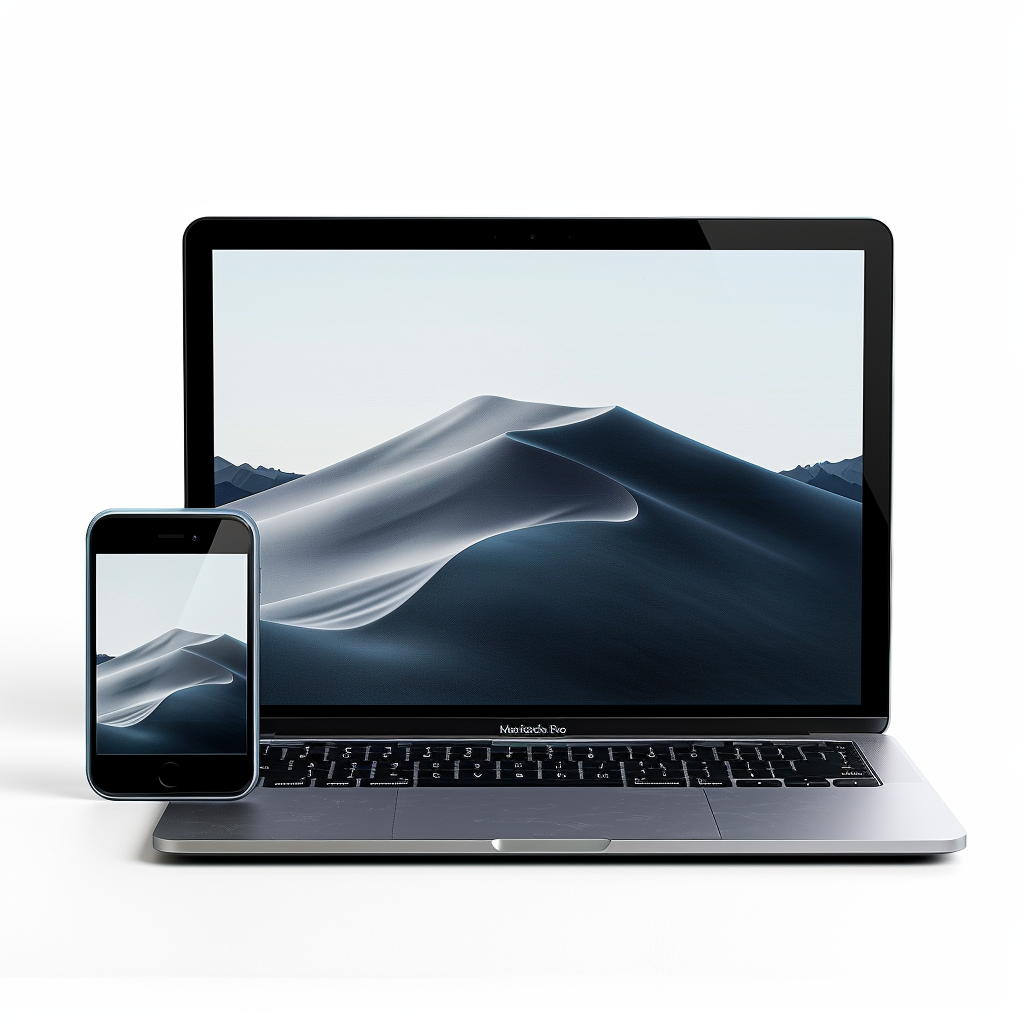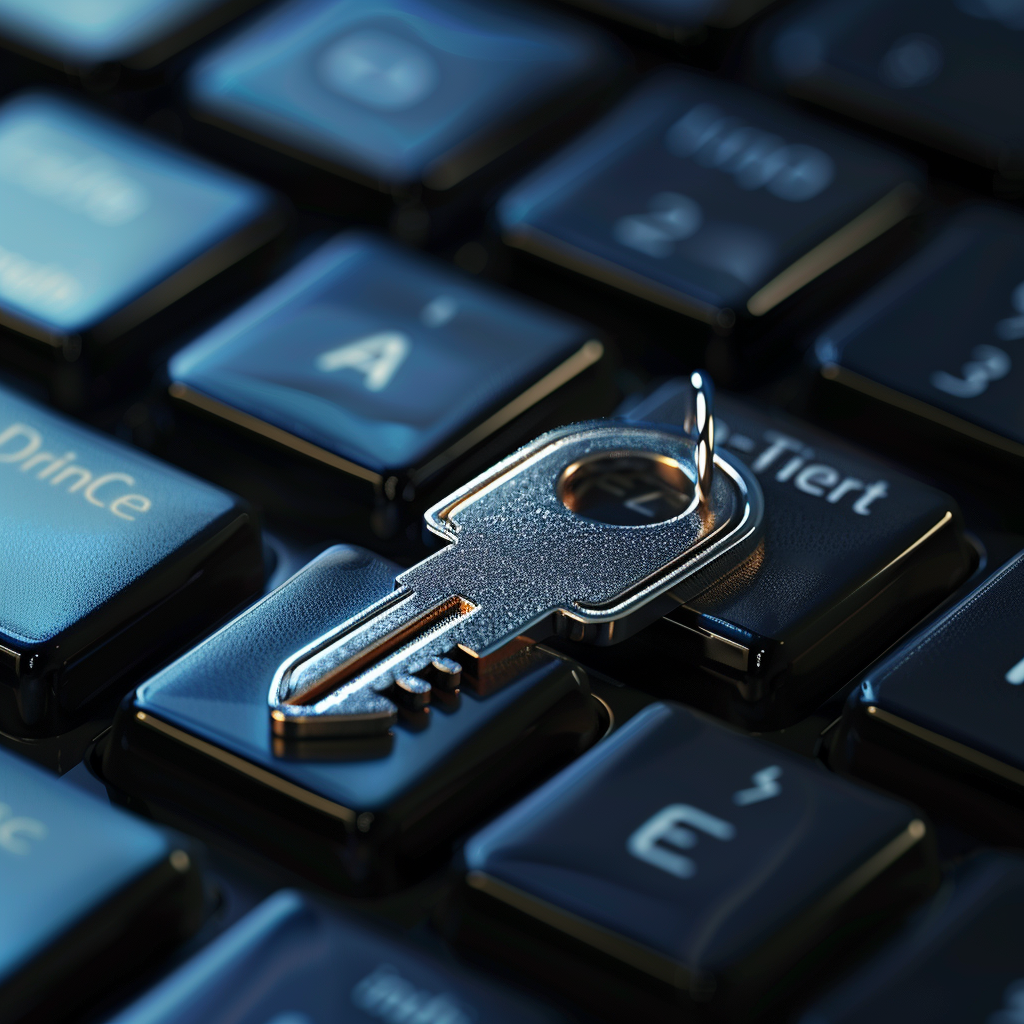Hey there, digital multitaskers! Are you juggling multiple devices—like smartphones, tablets, laptops, and desktop computers—trying to keep your digital life organized and in sync? With today’s tech-savvy lifestyle, managing multiple devices can feel like a daunting task, but fear not! With a few savvy strategies, you can streamline your digital life and ensure that all your devices work together harmoniously. Say goodbye to device chaos and hello to a seamlessly organized digital ecosystem. Let’s dive into these game-changing strategies for managing multiple devices:
1. Choose a Central Hub:
Start by choosing a central hub or primary device where you’ll manage and organize your digital life. Whether it’s your smartphone, tablet, or laptop, select one device as your main point of access for emails, calendars, contacts, and other essential apps and tools.
2. Sync Across Devices:
Keep your devices in sync by enabling sync settings for your email, contacts, calendars, and other essential data. Use cloud-based services like Google, iCloud, or Microsoft to sync your data across all your devices seamlessly. This ensures that you have access to the latest information no matter which device you’re using.
3. Utilize Cross-Platform Apps:
Embrace cross-platform apps and services that work across multiple devices and operating systems. Choose apps that offer web-based versions or have dedicated apps for different devices, allowing you to access your data from anywhere, on any device.
4. Streamline Your App Ecosystem:
Evaluate the apps and tools you use across your devices and streamline them to reduce redundancy and clutter. Choose apps that offer cross-device compatibility and integration, minimizing the need for separate apps on each device.
5. Customize Device Settings:
Customize device settings to optimize your digital experience and ensure consistency across all your devices. Configure settings like notifications, preferences, and accessibility options to match your workflow and preferences on each device.
6. Use Cloud Storage and File Syncing:
Leverage cloud storage services and file syncing solutions to access your files and documents from anywhere, on any device. Store your files in the cloud using services like Google Drive, Dropbox, or OneDrive, and use file syncing to keep your files up to date across all your devices.
7. Establish Device-Specific Workflows:
Create device-specific workflows and routines to maximize productivity and efficiency on each device. Customize shortcuts, gestures, and keyboard settings to streamline tasks and navigate your device with ease.
8. Create Cross-Device Workspaces:
Designate specific workspaces or environments for different tasks or projects that span multiple devices. Whether it’s a virtual desktop setup, a shared folder structure, or a collaborative document editing platform, create cross-device workspaces that facilitate seamless collaboration and productivity.
9. Backup and Secure Your Devices:
Protect your devices and data by regularly backing up your devices and implementing security measures. Use built-in backup solutions or third-party software to backup your data to the cloud or external storage, and enable security features like device encryption, biometric authentication, and remote wipe capabilities for added peace of mind.
10. Regularly Review and Update:
Take the time to regularly review and update your devices to ensure they’re running smoothly and efficiently. Install software updates, remove unused apps and files, and declutter your device storage to optimize performance and maintain security.
With these strategies for managing multiple devices, you’ll create a harmonious digital ecosystem that supports your productivity and organization across all your devices. So go ahead, sync your devices, and unlock new levels of efficiency and convenience in your digital life. Happy organizing!



